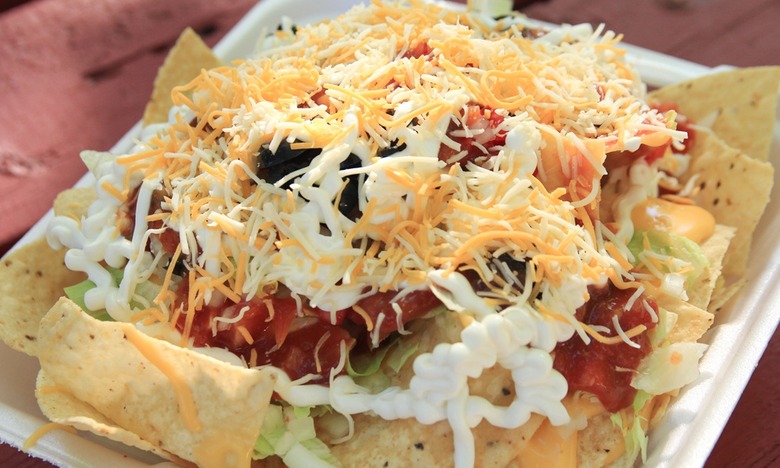10 Things You Didn't Know About Real Mexican Food
The next time you order takeout tacos or a carnitas burrito with the works, don't take your "Mexican" food at face value. Favorite regional cuisines, like Tex-Mex and Southwestern, may have Mexican influences, but are actually American interpretations of real Mexican food. They're variations on a theme — similar to the Italian-American dishes we know and love.
Click here for 10 Things You Didn't Know About Real Mexican Food
Once they cross the border, most Mexican dishes get lost in translation, either due to the quirks of the American palate or the dearth of native ingredients in American shops and markets. However, the Internet has made it easier to order native or hard-to-find ingredients, and now plenty of cities and towns have expat shops that carry them too — but if you have to make successful substitutions, you have to first know what the real thing tastes like.
What's the difference between Americanized Mexican food and the authentic kind? To start, real Mexican food is ancient — its traditions, cooking techniques, and ingredients are the sum of remarkable regional cuisines that go back for millennia. Mexican cooks are creative, resourceful, and inventive, and from one region to the next, the fare reflects the foodways of unique regional Mesoamerican, pre-Colombian, and native Mexican cultures.
As far back as 9,000 years ago, Mayan peoples (and later, Aztec and Zapotec peoples) were growing, gathering, or hunting a range of native foods that included corn, tomatoes, avocados, beans, chiles, squash, sweet potatoes, yucca, cassava, prickly pear nopales, chocolate, pineapple, guava, and local fish and game (turkey, rabbits, deer).
The arrival of Spanish conquistadors in 1517, and the Columbian Exchange that followed, fundamentally altered Mexican culture, history, and foodways forever. Sadly, the Spanish were just the first in a long line of invaders, explorers, traders, and missionaries from South America, Africa, and the Caribbean, and each ship meant an influx of new ingredients, staples, and dishes that clever Mexican cooks absorbed into the local cuisine.
Despite this melting pot of produce and culture, Mexican food has maintained its historical and indigenous cultural integrity. The country's remarkably distinct regional cuisines are a culinary Rosetta Stone for the local agriculture, climate, and tribal cultures. The best way to discover the real thing is by exploring each of the seven regions with your belly. Mexico's flavorful, expressive cooking hasn't changed for hundreds of generations, and by learning how each region uses native ingredients or makes staple dishes, you get a window into the heart and soul of the country and its people, beginning with corn.
In Mexico, no single ingredient is as ubiquitous, life-giving, symbolic, or culturally significant as corn. It is literally the staff of life and one of the three pillars, along with chiles and beans, of Mexican cuisine. The corn obsession began in Oaxaca around 4300 B.C.E., and from there spread to the rest of Mexico and beyond. There are more than 60 indigenous corn species found in Mexico, and without it there would be no tortillas, tamales, enchiladas, pozoles, quesadillas, and so much more.
Here's our guide to real Mexican food that we think will make you want to explore this incredibly vibrant, colorful cuisine of the sun.
